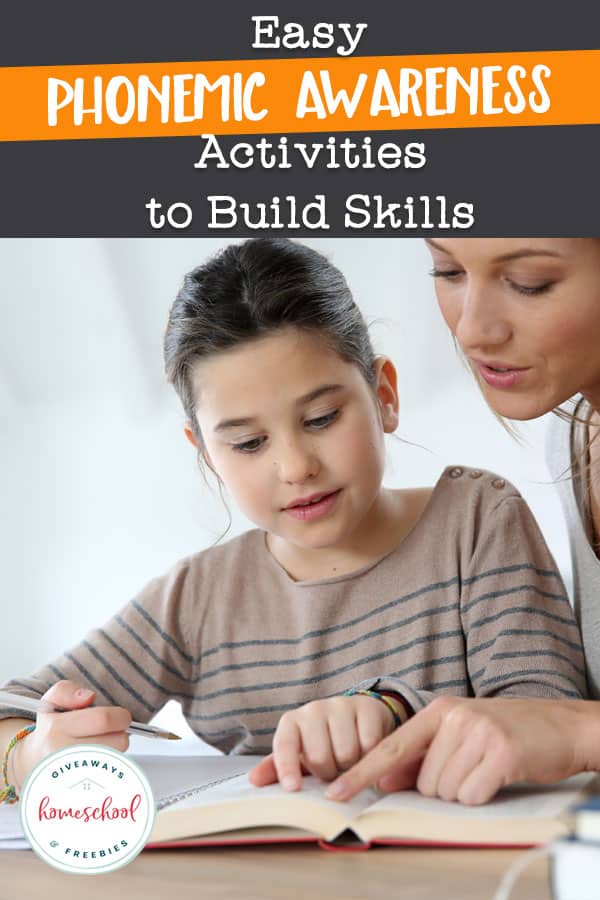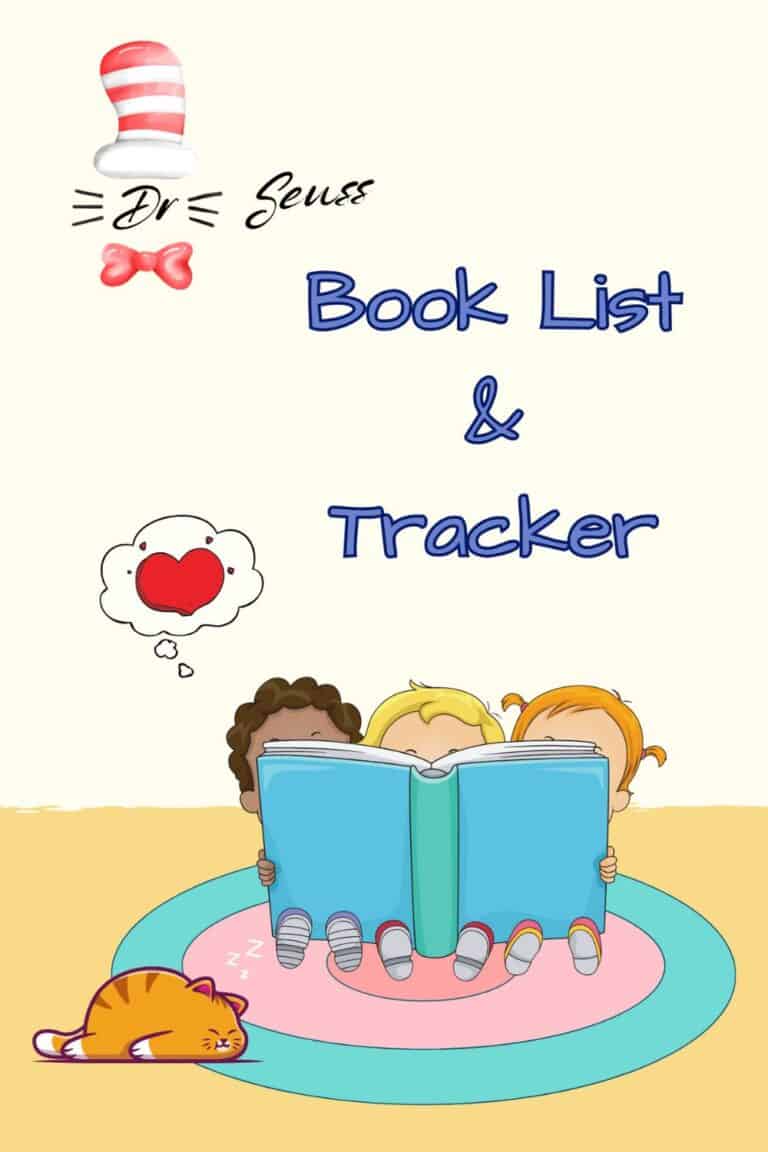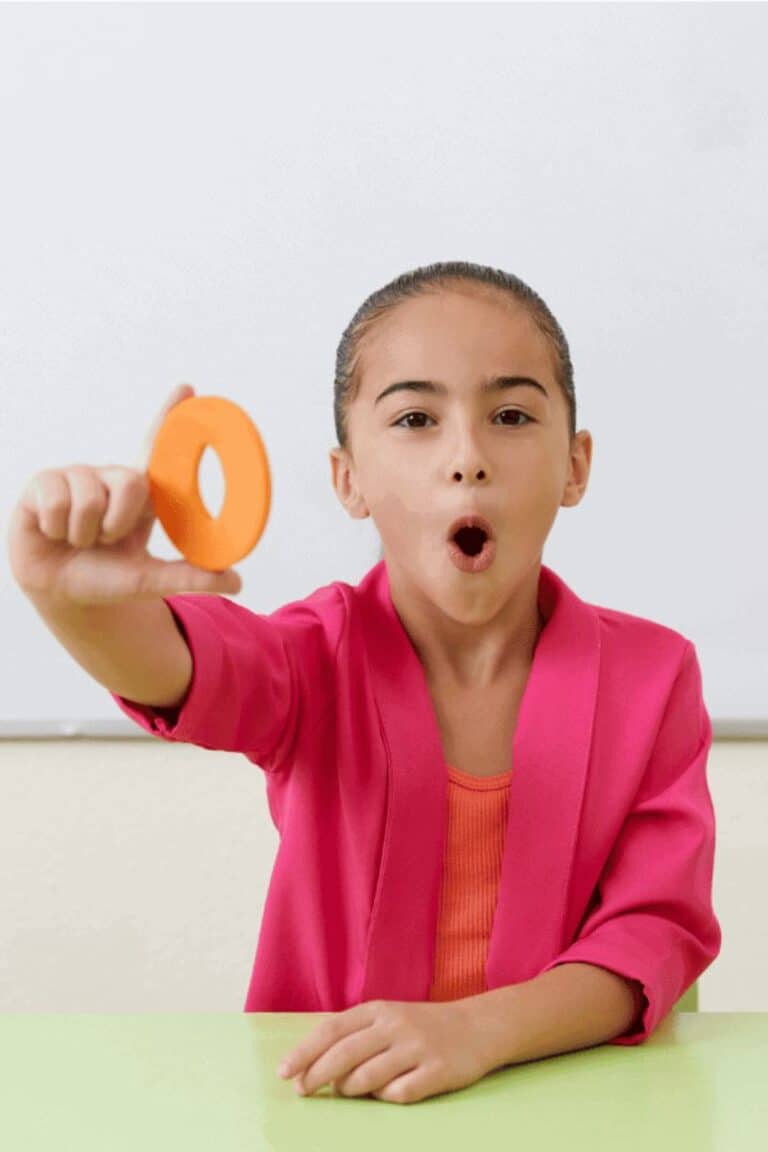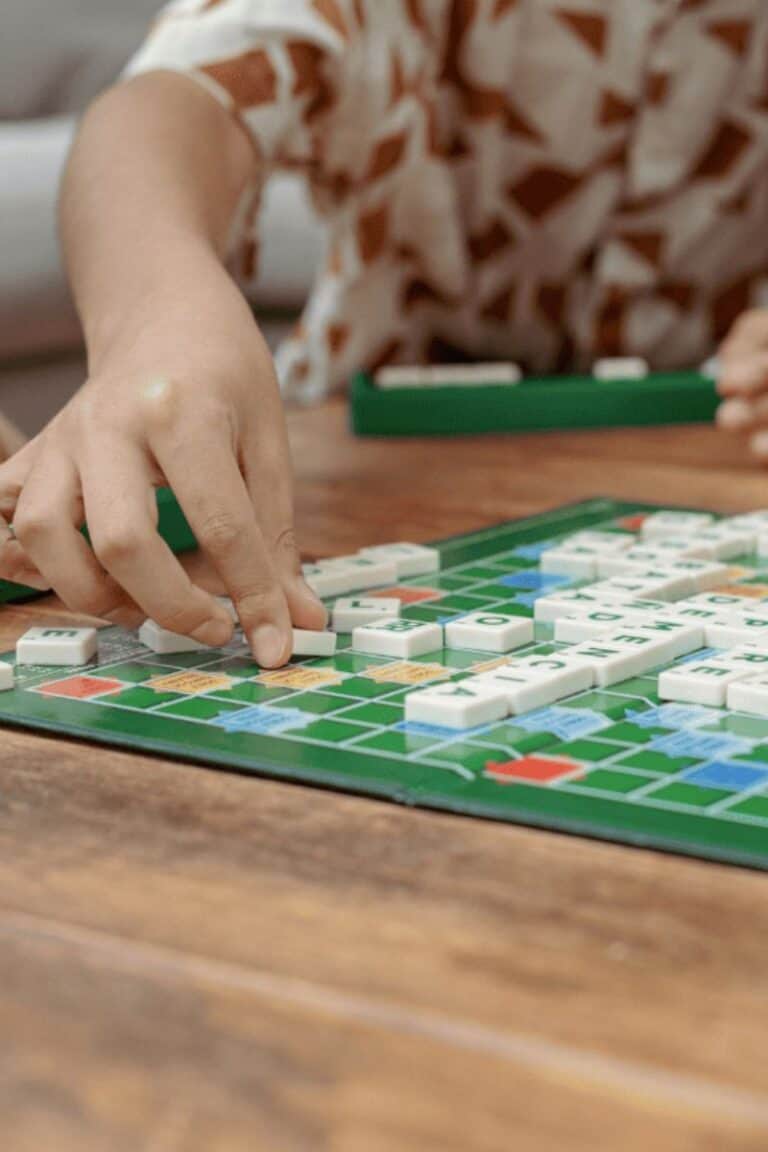Easy Phonemic Awareness Activities to Build Skills
Published:
April 13, 2022

Contributor:
Abby Banks
Disclosure: This post may contain affiliate links, meaning if you decide to make a purchase via my links, I may earn a commission at no additional cost to you. See my disclosure for more info.
If you have preschool and kindergarten-aged children at home, then it’s time to start working on phonemic awareness. While it might sound like a complicated skill to teach young children, it really doesn’t need to be difficult as long as you have the tools and understanding. Remember, you were your child’s first teacher in every other area of life. You are more than qualified to teach them this specific skill as well. Here’s what you need to know plus several phonemic awareness activities to try with your kids.

What Is Phonemic Awareness?
Let’s define some words. Phonemic awareness is the ability to distinguish individual sounds in a language. Those individual sounds are called phonemes.
Phonemic awareness is a foundational literacy skill that our children usually learn in kindergarten or earlier. This skill is crucial to learn before introducing the written word. Phonemic awareness deals only with the ability to hear sounds in the English language. Your children don’t need to be writing words at this point!
Phonemic Awareness Example
Here’s an example. The word cat has three phonemes: the “c”, short “a”, and “t” sounds. In order to build your child’s phonemic awareness, they should be able to hear and distinguish the first sound in a word. Then, after identifying the beginning sound, can they hear the last sound? What about the middle sound?
Learning how to isolate individual phonemes is the first step in awakening phonemic awareness in your young children.
How Do You Teach Phonemic Awareness?
Phonemic awareness instruction really begins with helping your children to learn how to listen well. You don’t even need a fancy curriculum for this! When your homeschool is filled with read-alouds with your young children, you will be growing their phonemic awareness almost effortlessly. Help them learn to listen well. That is the first step in growing this skill.
Teaching Strong Phonemic Awareness
The basis for teaching strong phonemic awareness is to use the spoken word. Don’t worry about identifying letters at first. Just talk about the different sound your child hears in the spoken word. For example, the concept of rhyme is a great way to teach your young children this skill. Give them a word, such as “cat”, and ask them to change the first sound to make a rhyming word.
You can find picture cards of simple words and see if your child can differentiate the number of sounds in that word. For example, if you have a picture of a pig, see if your child can tell you the first sound, then the next sound, then the last sound in that word. You can do all of this audibly without ever having to write anything down at first. Teaching phonemic awareness is entirely auditory word play. You want to build the ability to distinguish each different sound.
What Do You Teach First in Phonemic Awareness?
The first skill to teach is identifying the smallest units of sound. You want your children to be able to distinguish the sounds of a word. So start with printable phonics card with a picture and talk through the first sound only. Go through a whole pile of picture cards and see if your children can tell you the first sound of each word. Then, on another day, use the same cards and have your child tell you the last sound in the word. Finally, see if they can hear the middle sound. This works well when you use a simple word that has a consonant-vowel-consonant pattern, or CVC. Usually in these words, the vowel is a short vowel, and these are the simplest words to start with as you grow your child’s phonemic awareness skills.
As they gain confidence, see if your child can say all the sound parts for a word. Being able to distinguish individual phonemes and then put them together again into a word is the best way to start teaching this skill.
What Comes First – Phonics or Phonemic Awareness?
Even in a phonics course that you might purchase for your homeschool, the lessons will usually start with the foundation of phonemic awareness. While these two concepts are related, there is a difference.
Phonemic awareness refers to the ability to distinguish the individual sounds of a word. We do this with no printed words. Spend a lot of time with your younger children growing their auditory discernment for sounds and phonemes. Then, when they’re ready to learn letter sounds, it will be much easier to move into phonics instruction.
Phonics is concerned with putting the sounds together into new words. So, once you learn the sound for the letter “t”, phonics helps you to be able to apply that knowledge and read new words that have a “t” in them. And phonics necessarily involves putting the sounds together, so we introduce printed words with phonics.
If your child is struggling with phonics, it might be that you jumped too far ahead of his skill set. So, take some time to back up and work on phonemic awareness. This is a foundational skill that, once learned, will enable your child to progress and master phonological skills needed to be a proficient reader.
What Are Ways That Students Develop Phonemic Awareness?
Phonemic awareness develops in children along a continuum and you don’t want to introduce written words too soon. The good news is that your child doesn’t need to be writing in order to teaching phonemic awareness. Everything is taught by listening and speaking.
In fact, even your toddlers and preschoolers can start to develop phonemic awareness with simple activities like differentiating animal sounds. This is not only a fun game we do with our toddlers, but it really does increase their phonemic awareness at a young age. Grab a stuffed animal and have your child make the corresponding animal sound. This is all important play-based-learning to grow their discernment of speech sounds.
As they grow, here are the skills that your child needs to develop proficiency in:
- listening
- rhyming
- isolating separate sounds in words
- blending phonemes
Identifying Different Sounds
Work with your child on identifying different sounds through CVC words. Remember that CVC words are the simple three-letter words that use the pattern consonant-vowel-consonant. In order to grow phonological awareness skills in a hands-on way, grab some bingo chips and follow these simple steps.
- Put three bingo chips in front of your child.
- Say a simple CVC word like “cat”
- Have your child say each letter sound as they move a bingo chip toward them. So, they would say the initial sound “c” as they move a chip, then say short “a” as they move the second chip, and finally say “t” as they move the last chip.
This is a fun way to engage your kids in multiple senses as they develop phonemic awareness.
How Can I Practice Phonemic Awareness at Home?
Nursery rhymes provide some of the best material for practicing phonemic awareness at home. Children love nursery rhymes, and once they get familiar with hearing how the initial sounds are changed, they will be able to make new rhyming sounds on their own. A fun game to do with your children in the car is to see if you can make rhyming words. It’s like creating a Dr. Seuss book out loud!
Blending Phonemes
From there, help your children learn how to blend phonemes together. Show them that the short “a” and “t” can be blended together at the end of a word, and the initial sound can be changed to make new words. They can make new words by substituting different phonemes.
- cot – cat
- dog – dug
- cot – pot
- dug – mug
- mug – mud
- dog – dot
Phonemic Awareness Activities
You might be wondering what activities you could use to support students who are at the basic phonemic awareness level? Here are some listening activities to try in your homeschool, plus additional hands-on ideas to help build those skills.
Phonemic Awareness Listening Activities
5 Phonological & Phonemic Awareness Activities – You’ll find various activities with step-by-step instructions to help your children be able to distinguish sounds. One activity helps them find the beginning sound of a word. Another idea will show you how to use rhymes to grow your child’s listening ability.
Phonological and Phonemic Awareness Activities for Your Kindergartener – Here are eight specific listening activities you can use anytime. Includes tongue twisters, word families, road trip rhymes, “I Spy” first sounds, and a sound scavenger hunt!
Easy Phonemic Awareness Activities to Build Skills
Phonemic Awareness Activities for a Strong Reading Foundation – Yes! You can drag out your collection of plastic magnet letters to help your kids with sound blending and teach them how to segment words. You’ll find great hands-on phonological awareness activities here, including rhyme matching game, drawing your own phonetic alphabet, and a mystery bag game using the plastic letter magnets.
5 Quick, Easy, and Fun Phonemic Awareness Activities – Here are five specific strategies for helping kids manipulate sound in the spoken word. Includes ideas for listening, rhyming, and teaching syllables.
Phonemic Awareness Activities – You’ll find over two dozen activities for you to try in your homeschool. Many use hands-on engagement with objects like bingo tiles, silly putty, bean bags, and night lights. Even your wiggly kids will love these approaches.
Conclusion
Great readers are those who had explicit instruction in phonemic awareness strategies. These early literacy skills really do make a huge difference in the reading ability of a child later on in their education. So, don’t think that you need to jump into a written phonics curriculum right away! Spend some time developing your child’s phonemic awareness first using these ideas, strategies, and activities. Then, your children will have a strong foundation and be ready to build on that important skill.







